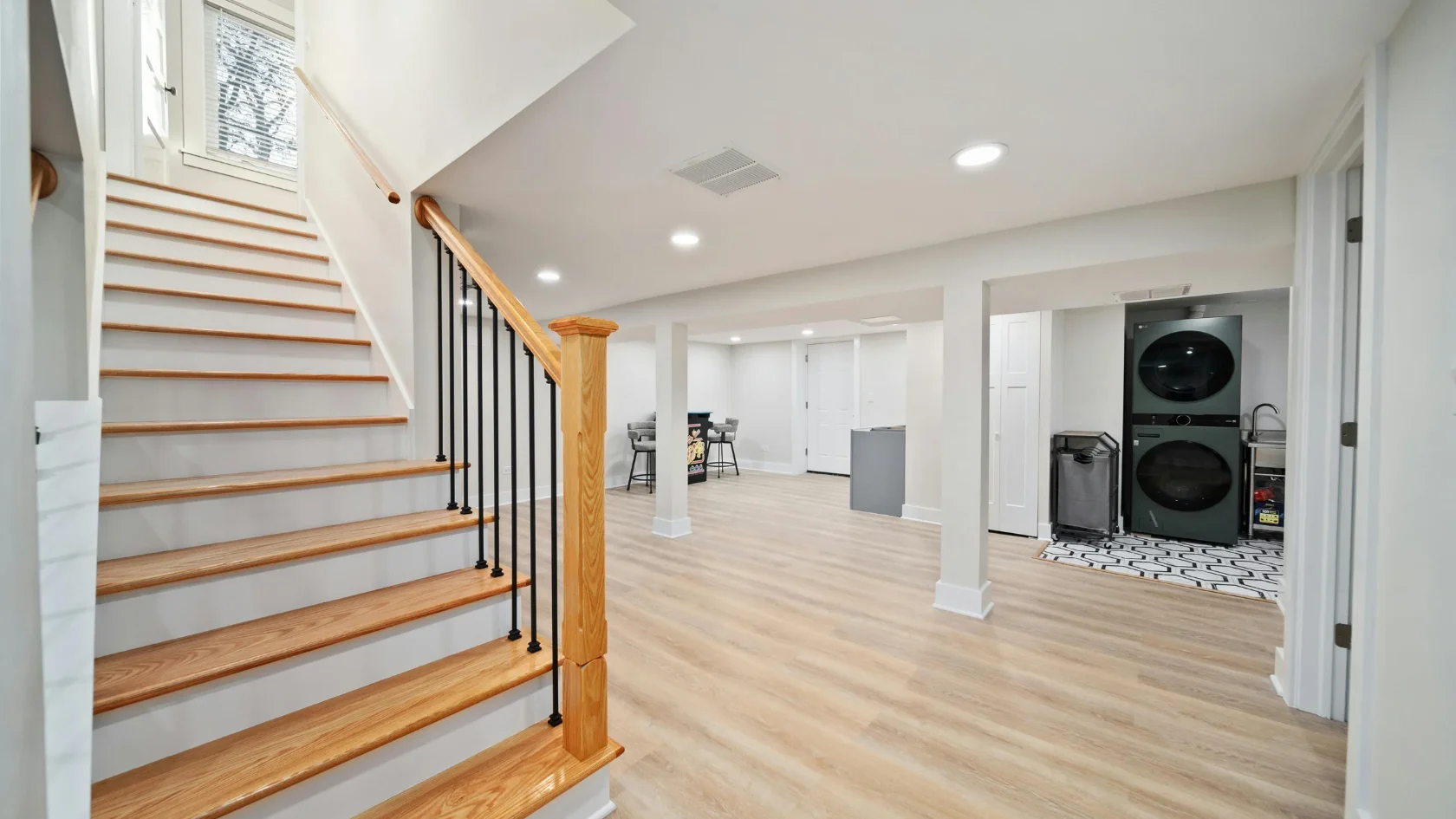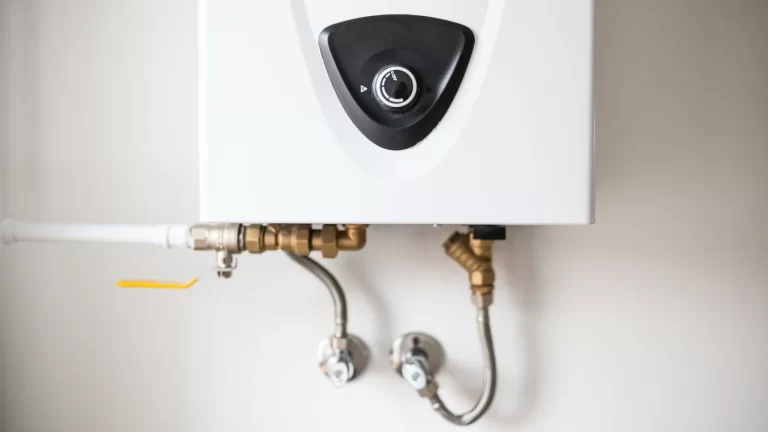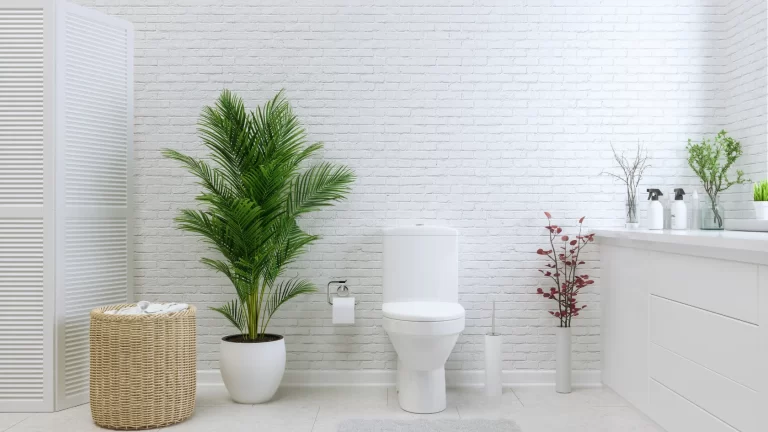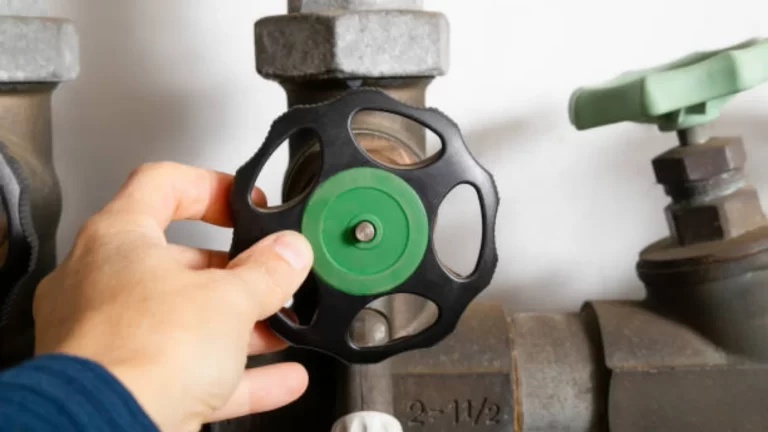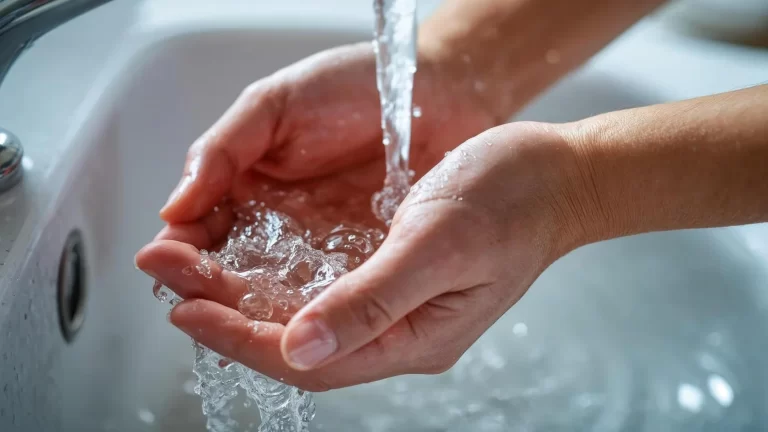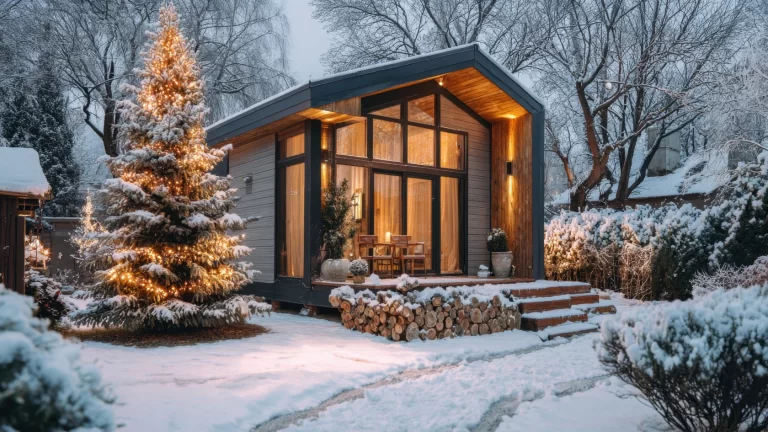Have you ever come downstairs to find musty smells, wet walls, or even a tiny puddle on the floor of your basement? You’re not alone—basement water problems are among the most prevalent difficulties that Toronto residents deal with, particularly given our combination of snowmelt, severe rains, and older buildings with deteriorating foundations. Knowing how to waterproof basement walls and floors is the best way to protect your home and avoid costly repairs down the road.
Waterproofing your basement is more than just keeping things dry, but also about preserving the structural integrity of your house, stopping the growth of mould, and protecting your property. Water intrusion into your basement can harm flooring, erode foundation walls, and produce hazardous indoor air. That’s why homeowners need to take a proactive approach to waterproofing, whether with simple DIY fixes or by calling in a professional waterproofing company.
In this blog, we’ll break down how to waterproof your basement step-by-step, explain the difference between interior and exterior waterproofing methods, and cover what products, tools, and systems you might need. We’ll also look at common causes of wet basements, the role of sump pumps and drainage systems, and what to expect when it comes to basement waterproofing costs. By the end, you’ll know the best way to waterproof your basement and keep it dry for years to come.
Contact us today through our form or call +1 (416) 252-5557 for expert plumbing, drain, and related services in Toronto, Etobicoke, Mississauga, and across the GTA.
Why Learning How to Waterproof a Basement Matters
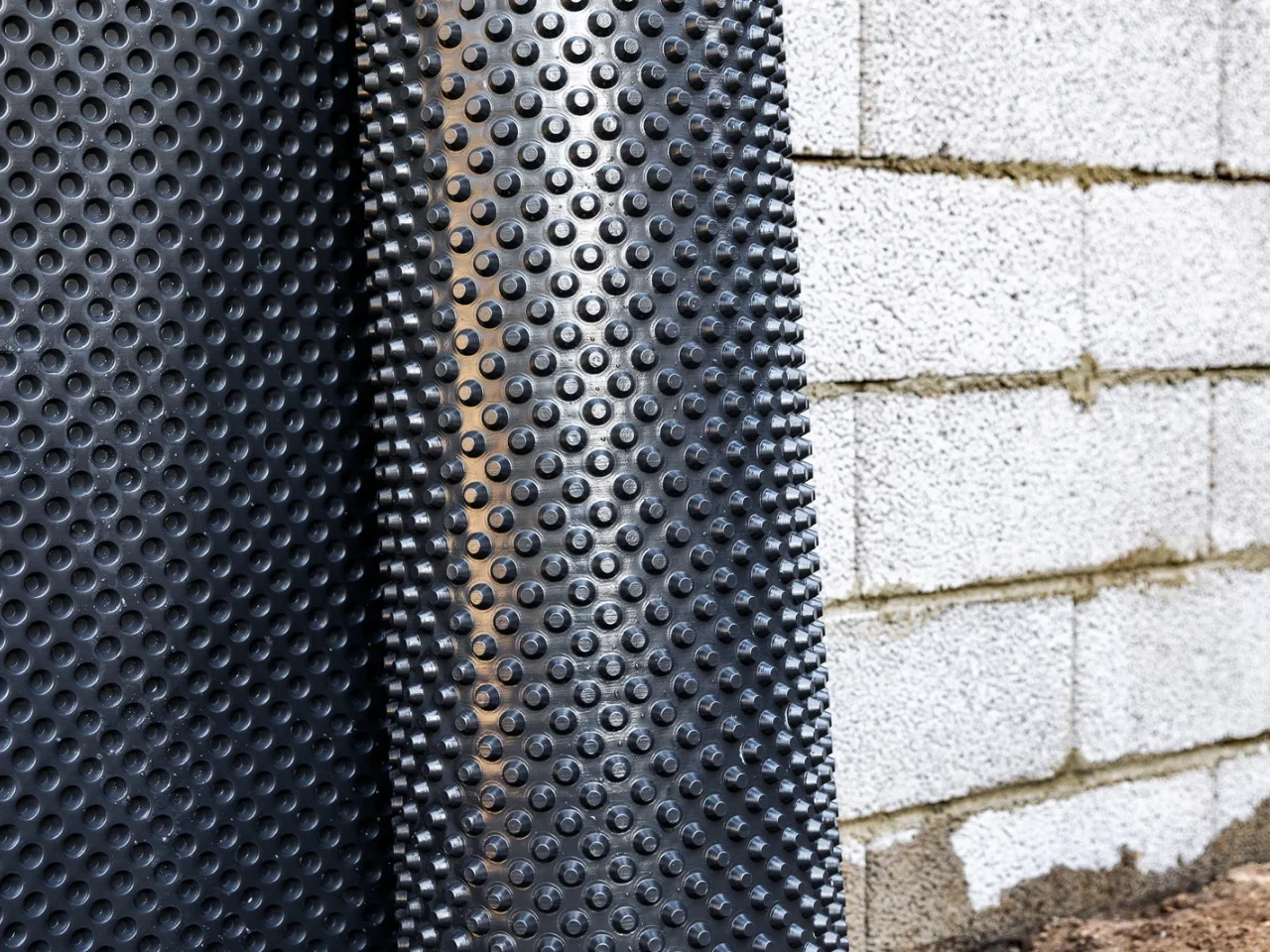
A basement is more than just storage space—it’s the foundation of your home. When water seeps in through cracks in the basement walls or floors, the problems go beyond cosmetic damage. Over time, moisture may:
- Result in the growth of mould and mildew, which like damp, dark conditions.
- Cause wooden framing, drywall, and flooring to rot or deteriorate.
- Weakened foundation walls, leading to structural concerns.
- Lower indoor air quality and increased humidity.
- Put your belongings at risk of water damage.
The good news is that with the right waterproofing methods, you can prevent water from entering the basement and maintain a dry, safe living environment. Whether you go the DIY basement waterproofing route or hire professionals, it’s an investment that pays off in long-term home protection.
Step 1: Examine and Determine the Basement Water’s Source
Before you can waterproof, you need to know where the problem is coming from. Not all leaks are created equal, and the fix depends on the source.
Common Causes of Wet Basements
- Cracks or holes – water seeping through cement block walls, foundation cracks, or around pipes is caused by holes and fissures in basement walls or flooring.
- Poor drainage outside the home – gutters or downspouts draining water too close to the foundation.
- Hydrostatic pressure – when groundwater builds up and pushes moisture through basement walls and floors.
- Leaky window wells – especially if they’re clogged or not properly sealed.
- High humidity – leading to condensation on interior basement walls and floors.
Tip: After a heavy rain, check your basement walls for damp spots, leaks, or seepage lines. This helps you understand whether the issue is surface water, groundwater, or poor interior drainage.
Step 2: Prepare the Basement for Waterproofing
A waterproofing project always starts with proper preparation.
- Remove standing water – use a wet vac, sump pump, or mop.
- Clean basement walls and floors – scrub off dirt, efflorescence (white powdery salt deposits), and old paint.
- Check for mould – remove with proper safety precautions.
- Dry the space completely – fans and dehumidifiers help prevent trapping moisture behind waterproof coatings.
Step 3: Seal Cracks and Holes
Small cracks can let in a surprising amount of water. Before applying any waterproofing products, seal them properly.
- Use hydraulic cement to patch active leaks. It expands as it dries, sealing the gap tightly.
- For smaller cracks, apply a waterproof sealant or caulking.
- Pay attention to areas around pipes and joints where water might seep through.
This step is critical—if cracks aren’t sealed, water can continue entering behind any waterproof coating.
Step 4: Apply Interior Basement Waterproofing
Interior waterproofing is one of the most common DIY basement waterproofing methods. It focuses on sealing basement walls from the inside to block water.
Interior Waterproofing Products
- Waterproof paint or coatings – applied like regular paint, creating a barrier against water seepage.
- Waterproof sealant – used on interior walls and floors to reinforce protection.
- Waterproof membrane – applied to walls to keep moisture out.
How to Apply Waterproof Coating:
- Ensure walls are clean and dry.
- Apply the first coat of waterproof paint using a roller or brush.
- Let it dry fully (usually 2–3)
- Apply a second coat for maximum protection.
While this method won’t stop major flooding or groundwater pressure, it’s an affordable way to keep a dry basement if your issues are minor.
Step 5: Install or Upgrade a Drainage System
If you’re dealing with recurring water problems, you may need to improve your basement drainage system.
Interior Drainage Solutions
- Sump Pump – a must-have in many Toronto homes. It collects water under the basement floor and pumps it away from your home.
- Interior French Drain (drain tile system) – installed along the inside perimeter of your basement floor, directing water to the sump pump.
Exterior Drainage Solutions
- Exterior French Drain – installed around the foundation, redirecting water away from your home.
- Grading around the home – ensures water flows away from the foundation instead of pooling near basement walls.
- Gutters and downspouts – extend at least 6 feet away from your home.
- Proper drainage is often the best way to waterproof a basement long-term since it addresses the root cause of basement water problems.
Step 6: Consider Exterior Basement Waterproofing
While interior waterproofing protects against seepage, exterior basement waterproofing is the gold standard. It prevents water from even reaching your basement walls.
What Exterior Waterproofing Involves
- Excavating around the foundation to expose the basement walls.
- Cleaning and repairing cracks in foundation walls.
- Employ a waterproof membrane or coating to seal the exterior walls.
- Installing exterior drainage like French drains or weeping tiles.
- Backfilling with gravel and soil sloped away from the home.
This method is more costly, but it’s also the most effective way to keep your basement dry.
Step 7: Don’t Forget Windows, Doors, and Window Wells
Window wells are a common entry point for water. To prevent leaks:
- Seal basement windows with caulking or foam.
- Install proper covers for window wells.
- Make sure window wells drain away from your home.
Step 8: Control Humidity Inside the Basement
Even if you stop leaks, high humidity can cause basement moisture issues.
- Run a dehumidifier to keep humidity below 50%.
- Insulate cold-water pipes to reduce condensation.
- Use proper ventilation if your basement is finished.
Step 9: Maintenance and Long-Term Protection
Waterproofing is a continuous process rather than an isolated event.
- Examine downspouts and gutters twice a year.
- Look for any new leaks or cracks in the basement walls.
- Every year, test your sump pump.
- Every few years, reapply waterproof coatings.
Your waterproof basement system will continue to function properly with routine maintenance.
Contact us today through our form or call +1 (416) 252-5557 for expert plumbing, drain, and related services in Toronto, Etobicoke, Mississauga, and across the GTA.
Interior vs. Exterior Waterproofing: Which Is Best?
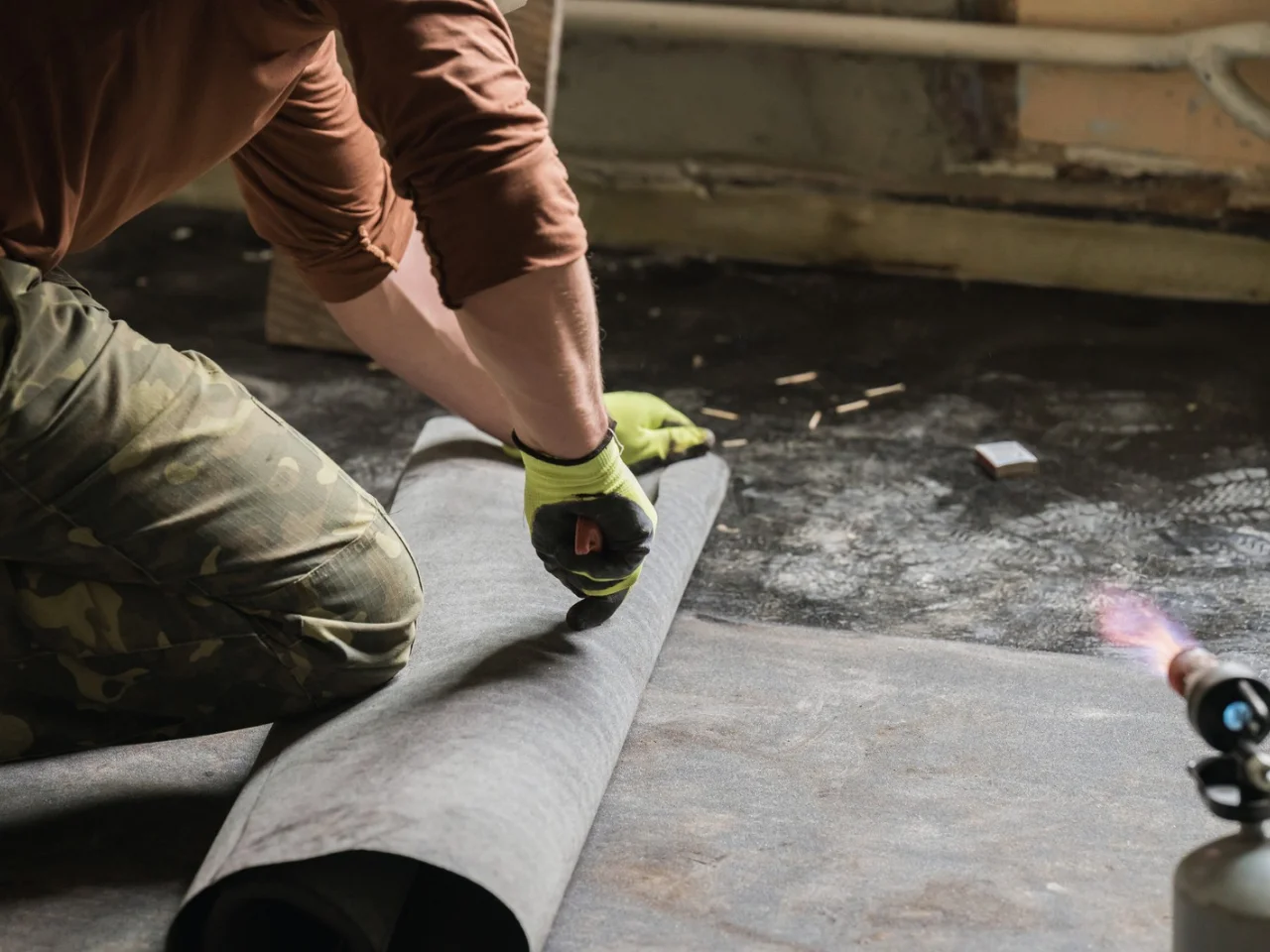
Many homeowners ask whether they should waterproof from the inside or outside. The truth is, it depends on your basement water problems.
- Interior waterproofing – best for minor seepage, humidity, or small cracks.
- Exterior waterproofing – ideal for major leaks, flooding, or foundation wall damage.
- Combination – many homes benefit from both, with interior systems managing water that does get inside, and exterior systems preventing water from entering in the first place.
How Much Does Basement Waterproofing Cost?

Costs vary depending on the waterproofing method. Although the cost of waterproofing your basement might seem expensive, think of it as an investment to safeguard the foundation of your house and save money compared to fixing water damage. Homeowners can choose to waterproof the basement from the inside or the outside depending on the extent of the problem, such as sealing holes or cracks or managing water on the outside. By learning how to waterproof basement walls and choosing the right products to use to waterproof, you can go about waterproofing tasks more effectively and keep your basement interior safe and dry.
When to Call a Professional Waterproofing Company
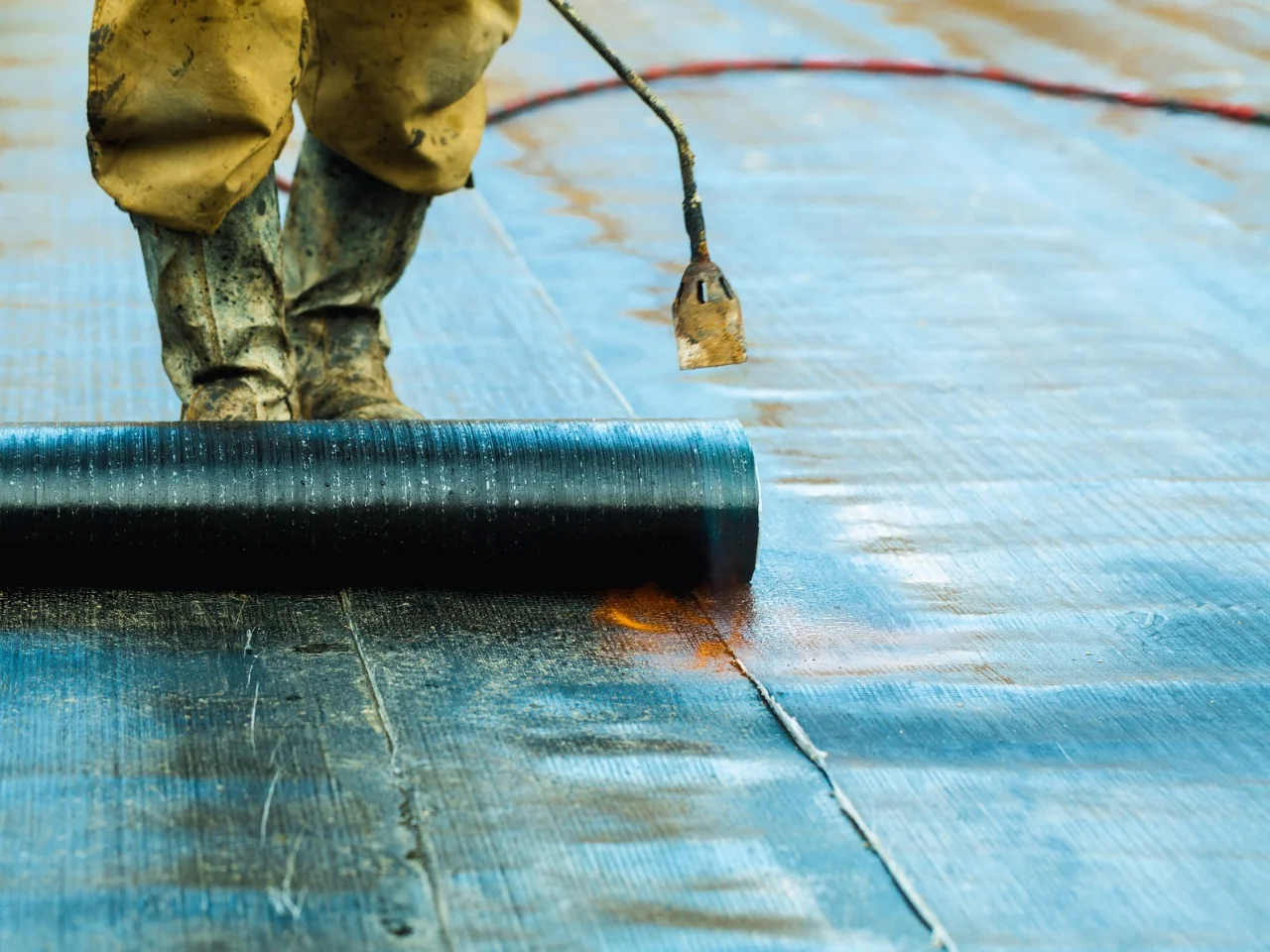
DIY basement waterproofing projects work well for small cracks or minor seepage. But if you notice any of these signs, it’s time to call in a professional:
- Persistent water pooling after rain.
- Large or spreading cracks in concrete walls.
- Musty odours or visible mould.
- Foundation walls bowing or shifting.
- Repeated sump pump failures.
A professional waterproofing company can provide an inspection, explain different basement waterproofing systems, and recommend the best way to waterproof your basement based on your unique situation.
At Absolute Draining & Plumbing, we help homeowners waterproof the basement using proven interior or exterior solutions, from applying a waterproof coating to sealing cracks in the basement walls. Our team uses advanced basement waterproofing products and interior waterproofing methods designed to maintain a dry basement, protect the foundation to prevent water damage, and stop moisture from seeping into the basement.
Whether you’re dealing with a leaky basement, high humidity in the basement, or wondering about the cost of basement waterproofing, we guide you on how to go about waterproofing tasks—whether it’s from the inside or the outside—so your basement interior stays protected for years to come.
Keep Your Basement Dry and Your Home Protected

Aside from comfort and peace of mind, waterproof basement is also about protecting your investment. Protecting your investment is more important than comfort when it comes to a waterproof basement. The important thing is to resolve the problem before it becomes an expensive repair, whether you’re doing a modest do-it-yourself waterproof paint project or need full exterior basement waterproofing.
If you’re unsure about how to waterproof your basement or you’ve already tried DIY fixes without success, don’t wait until your basement floods. Contact a trusted Toronto waterproofing company like Absolute Draining & Plumbing. With over 20 years of experience serving homeowners across the GTA, we can help you choose the right basement waterproofing system and keep your home safe, dry, and protected for the long term.
Contact us today through our form or call +1 (416) 252-5557 for expert plumbing, drain, and related services in Toronto, Etobicoke, Mississauga, and across the GTA.

